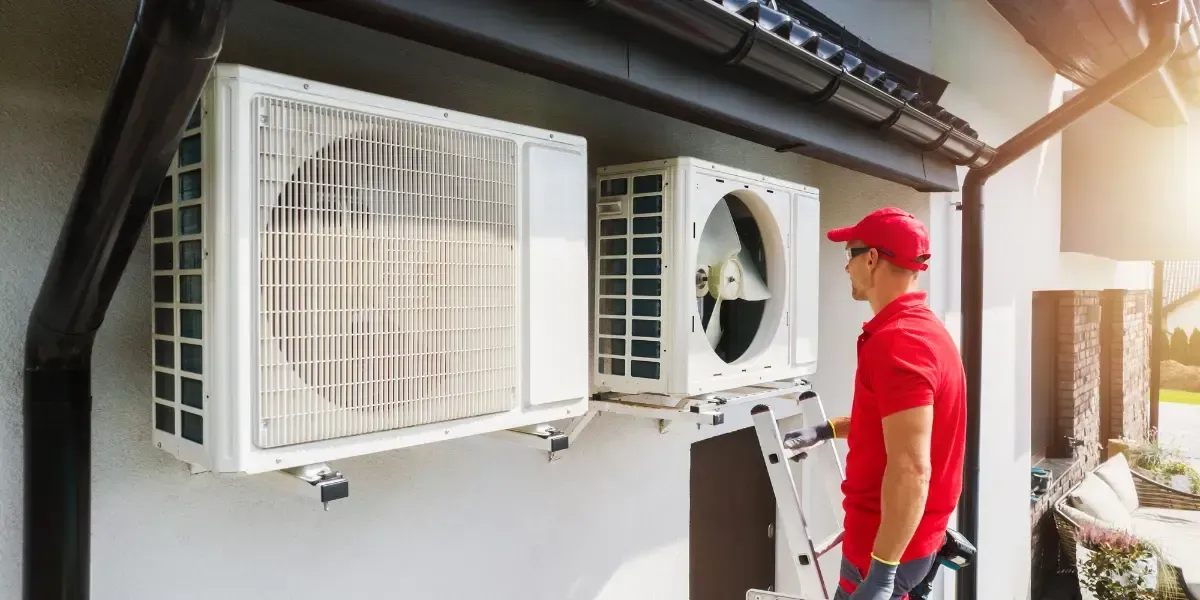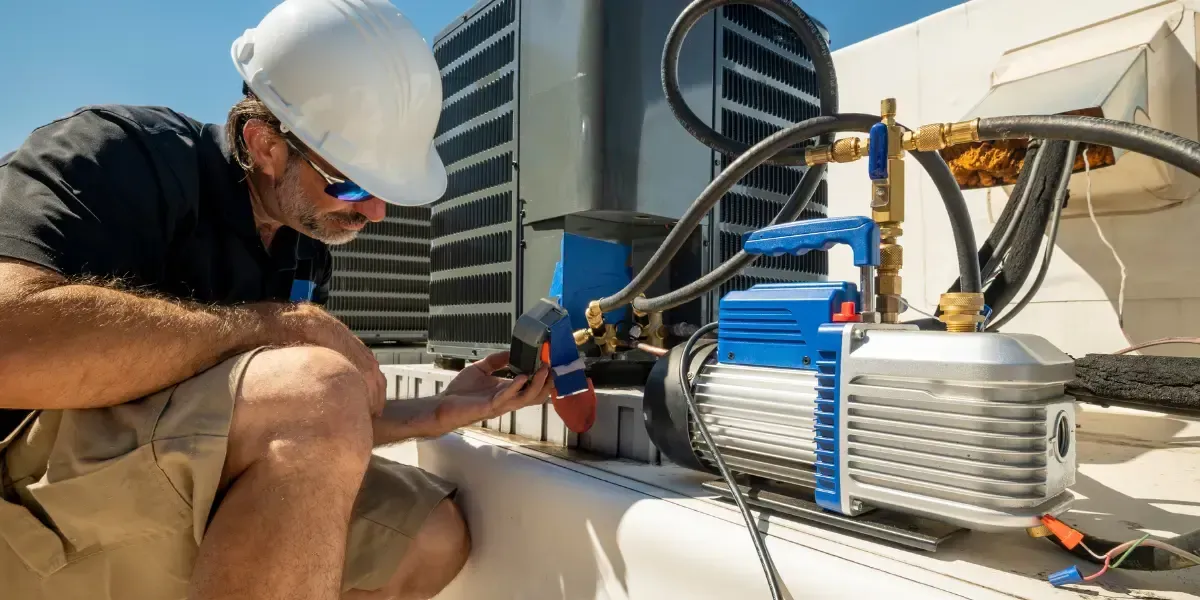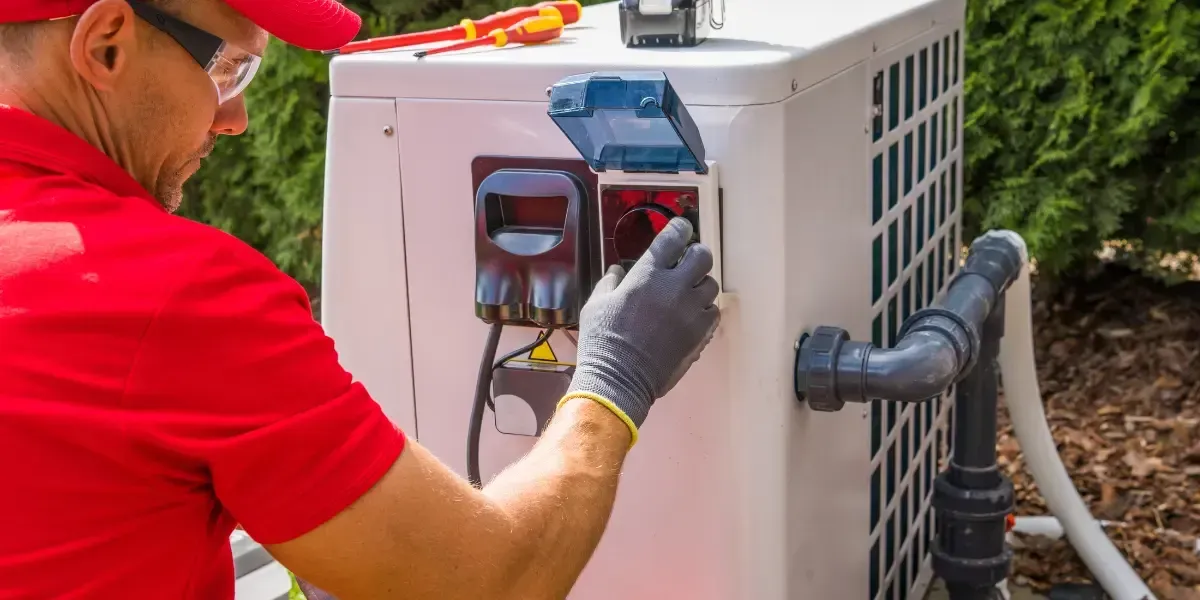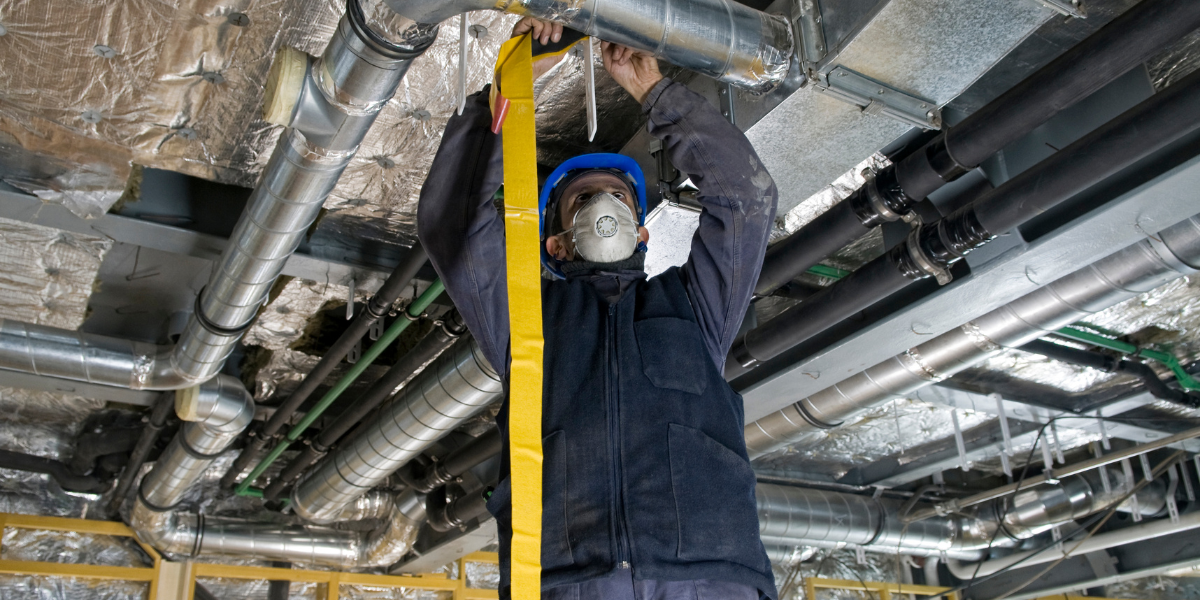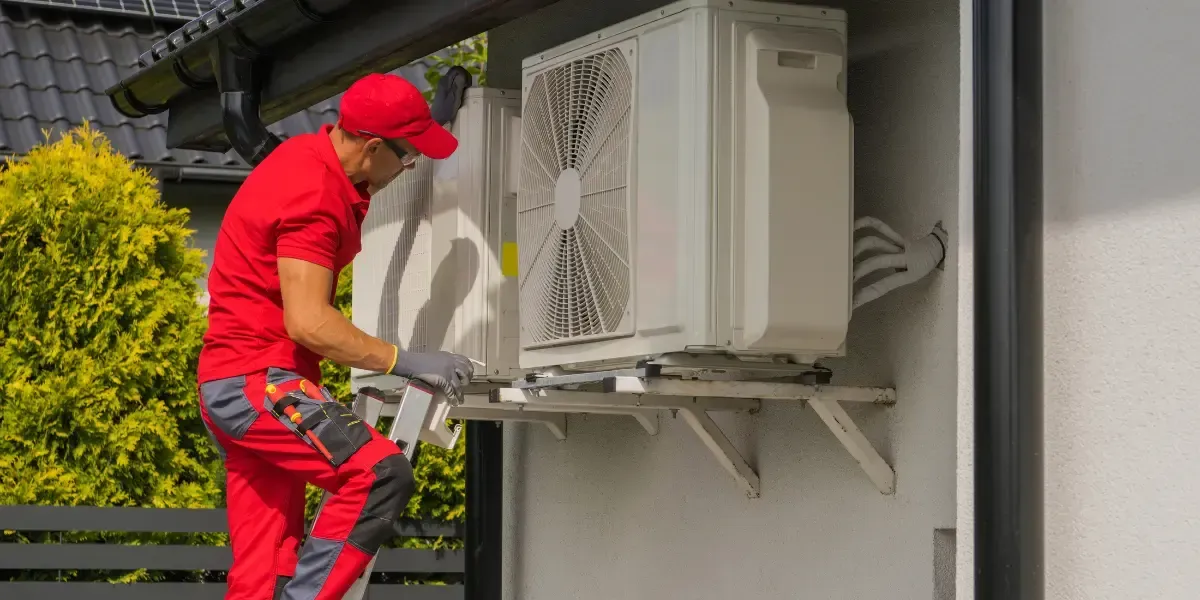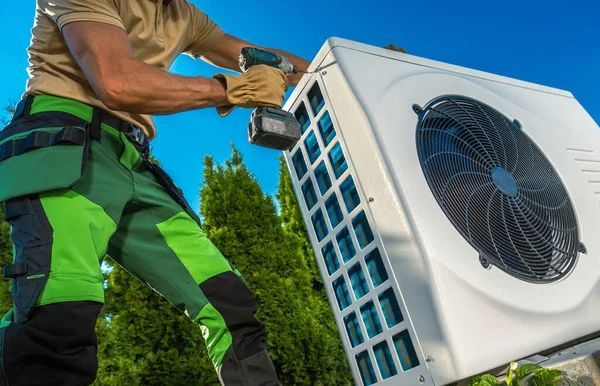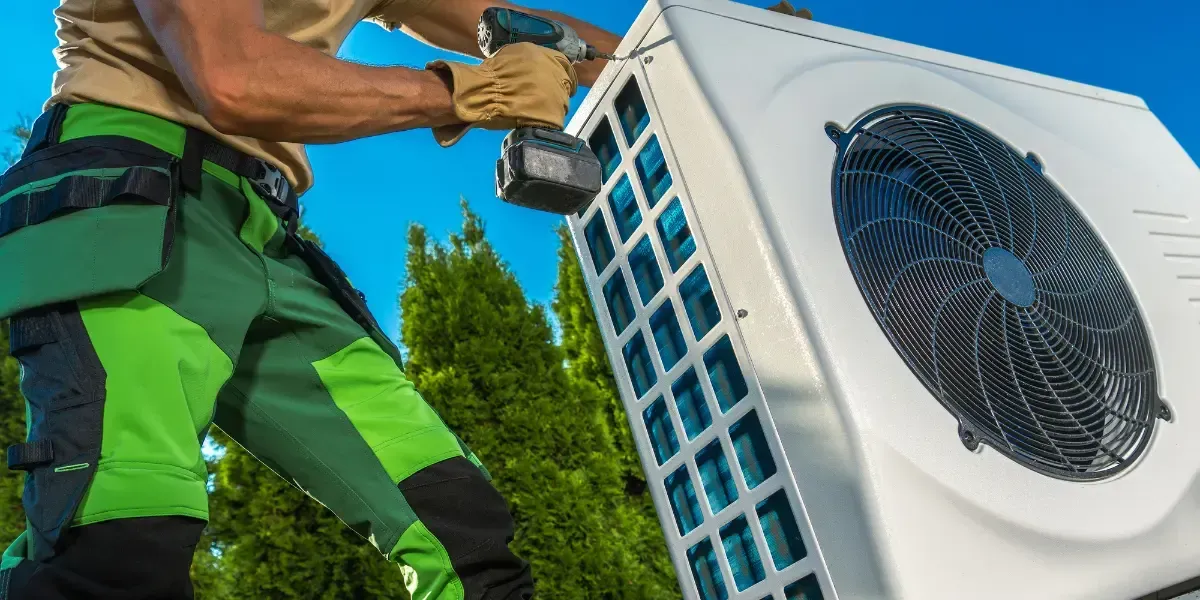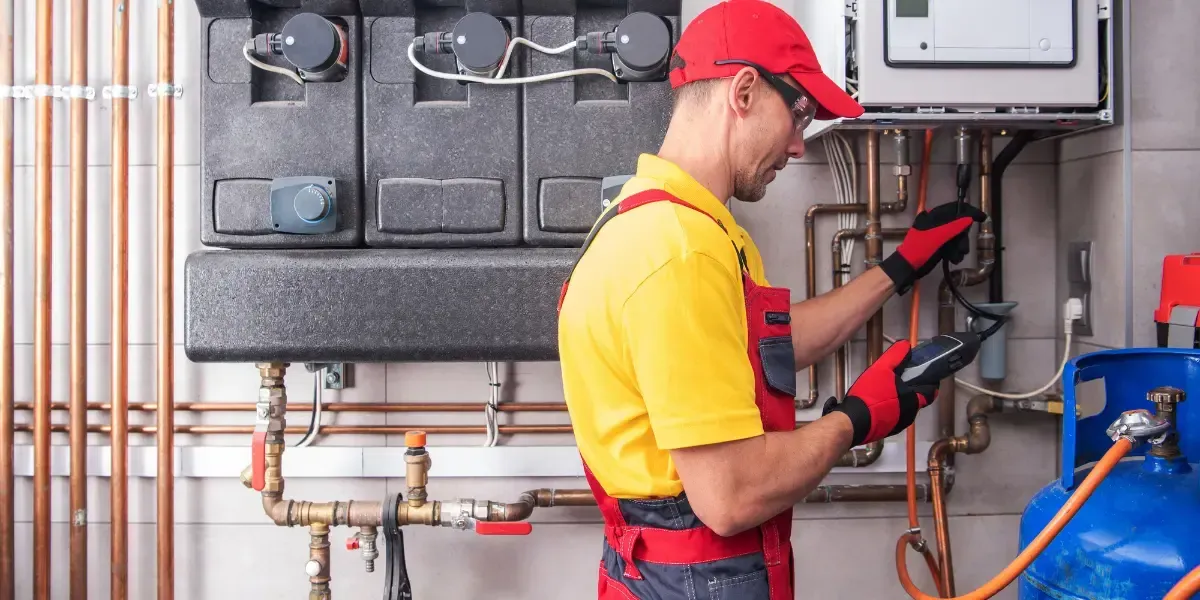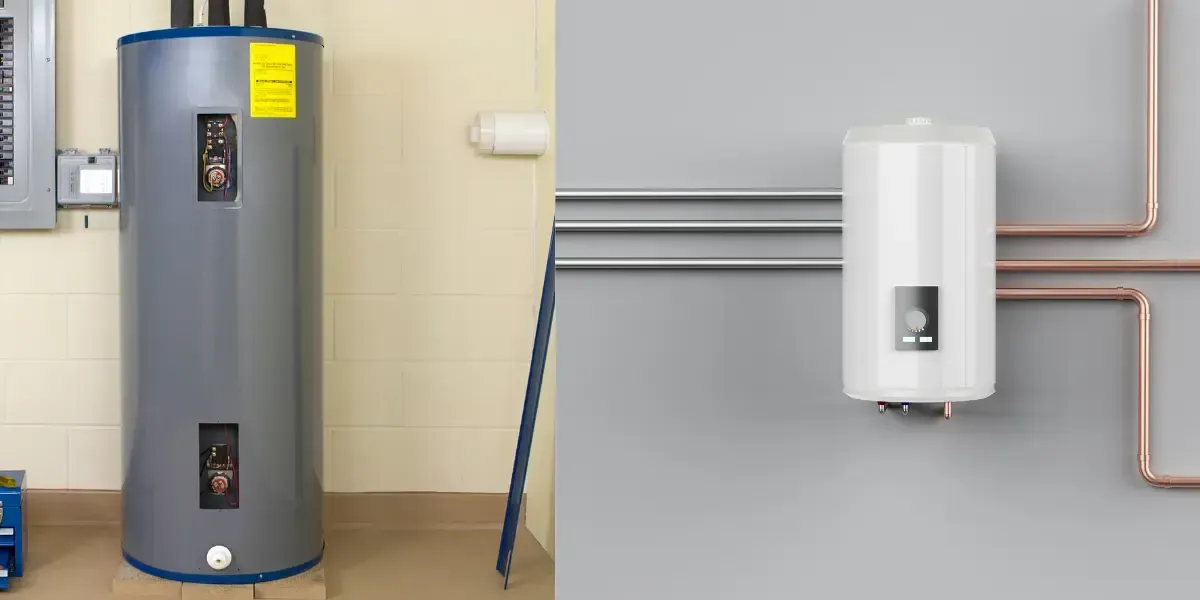How Heating and Cooling Systems Work: Explained
Heating and cooling systems are very important in today’s homes and workplaces. They keep us warm during cold winter days and help us feel cool in the summer. These systems really affect our comfort and daily lives. So, how do heating and cooling systems work? Let’s explain it simply!
Key Takeaways
- Heating and cooling systems maintain indoor comfort by transferring heat through methods like conduction, convection, and radiation.
- Efficient HVAC systems improve air quality, enhance comfort, and reduce energy costs.
- Common heating systems include furnaces, heat pumps, and boilers while cooling options include air conditioners, evaporative coolers, and mini-split systems.
- Regular maintenance, such as cleaning filters and inspecting components, ensures HVAC longevity and performance.
- Monterey Bay Heating and Cooling offers expert HVAC solutions, free consultations, and energy-efficient options to meet diverse customer needs.
What Are Heating and Cooling Systems?
Heating and cooling systems are devices and tools that manage the indoor climate. This includes heaters, air conditioners, heat pumps, and ventilation systems. Each one has its own job, but they all help to make the indoor space more comfortable.
Why Do We Need Heating and Cooling Systems?
Picture going through a cold winter without heat. Think about facing a hot summer without air conditioning. Heating and cooling systems are important for your comfort. They also keep you healthy. These systems can help stop problems like mold or frost that could harm your home.
Basic Principles of Heating and Cooling
Understanding Heat Transfer
To understand heating and cooling, we need to know how heat moves. Heat flows from a warm object to a cool one. HVAC systems use this idea to keep or take out heat inside.
Types of Heat Transfer: Conduction, Convection, and Radiation
- Conduction – Heat passes through solid things, like metal.
- Convection – Heat flows through liquids or gases.
- Radiation – Heat moves through electromagnetic waves.
Types of Heating Systems
Furnaces
Furnaces are the most popular type of heating system, especially in cold places. They heat air using natural gas, oil, or electricity. Then, the warm air is sent out through ducts.
Heat Pumps
Heat pumps can warm and cool spaces by moving heat from one place to another. They use energy well and work best in mild weather.
Boilers
Boilers heat water. This water flows as steam or hot water through radiators or floor heating systems.
Electric Heaters
These are often easy to move, using electric coils to create heat. They may not be the best, but they are handy for small areas or short-term heating.
How Heating Systems Work
Heating systems mainly use fuel like natural gas, oil, or electricity to make heat. Here is a simple rundown of how they operate:
- Fuel or electricity makes heat.
- The heat moves to the air or water.
- Warm air or water spreads around the building.
- A thermostat manages the system, turning it on or it off based on the temperature setting.
Types of Cooling Systems
Air Conditioners
Air conditioners are commonly used to cool homes and offices. They work by using a refrigerant to take heat from the air inside. Then, they push that heat outside.
Evaporative Coolers
Also called swamp coolers, these systems use water to cool the air by evaporation. They save energy and work best in dry areas.
Ductless Mini-Split Systems
These are great for homes that do not have ductwork. They provide cooling that can be adjusted for each room.
Heat Pumps (for Cooling)
In cooling mode, heat pumps act like air conditioners. They take heat from the inside and release it outside.
How Cooling Systems Work
Cooling systems take in heat from inside the building and release it outside. This is how it works:
- Refrigerant takes in heat from the air inside.
- It gets compressed, making it hotter.
- Then, it lets the heat out and cools down.
- Cold air is then pushed back inside to lower the temperature.
Energy Efficiency in Heating and Cooling Systems
Energy efficiency is very important in heating and cooling systems. It helps to save money and lessen harm to the environment. You should look for systems that have high ratings for SEER and Energy Star certifications to get better efficiency.
Thermostats: The Brain of Heating and Cooling Systems
Thermostats are the main part of your HVAC system. They let you choose a comfy temperature.
Types of Thermostats: Programmable, Smart, and Traditional
- Traditional Thermostats – Simple temperature settings.
- Programmable Thermostats – Create plans to change the temperature by itself.
- Smart Thermostats – Provide special options like remote use, learning habits, and working with smart home systems.
Benefits of Efficient Heating and Cooling Systems
Good systems don’t just save energy. They help your life be easier!
- Improved Indoor Air Quality: Well-maintained HVAC systems filter out dust and allergens. This makes the air you breathe better.
- Enhanced Comfort and Control: Modern systems help keep the temperature the same. This makes it more comfortable for everyone.
- Reduced Energy Bills:
Energy-saving systems cost less to run because they use less energy to heat and cool.
Common Problems in Heating and Cooling Systems
- Uneven Temperatures – If your heating or cooling feels different in parts of your home, it might mean there are problems with the ductwork.
- Weird Sounds – Noises like banging, squealing, or rattling often mean something is wrong with the machine.
- Weak Airflow – This might happen because of dirty filters, blockages, or problems with the blower.
- Refrigerant Leaks – This can lead to bad cooling in air conditioners and heat pumps.
Maintenance Tips for Longevity
Taking good care of your HVAC system can help it last longer and work well.
Heating System Maintenance
- Clean or change filters often.
- Look at burners and heat exchangers to ensure they work well.
- Plan yearly inspections.
Cooling System Maintenance
- Clean the coils on the evaporator and condenser.
- Make sure the refrigerant levels are good.
- Check for any leaks or water problems.
How Monterey Bay Heating and Cooling Can Help You
With over nine years of experience in home, business, and industrial heating and cooling, Monterey Bay Heating and Cooling is here to keep you comfortable at good prices. They provide free estimates for changing systems and online talks.
They also offer free heat pump water heaters if you qualify. They serve all of Monterey County and nearby areas. Their goal is simple: your comfort. Monterey Bay Heating and Cooling combines skill, friendly help, and several options that fit your needs, making them the best choice for heating and cooling solutions.
Conclusion
Understanding how heating and cooling systems work can help you make good choices for your comfort. Whether it’s winter or summer, a good HVAC system keeps your home or business cozy. Regular care and picking a skilled provider like Monterey Bay Heating and Cooling can really help!
Ready to optimize your comfort? Contact Monterey Bay Heating and Cooling today at
(831) 905-6480! Whether you need a quick repair, a new installation, or a consultation, their team of HVAC experts is here to help keep your home or business comfortable all year round. Don’t wait—call today!
Frequently Asked Questions
How often should I service my HVAC system?
Twice a year—one time for heating and one time for cooling. This keeps the system running well and helps find any problems early.
What’s the difference between a heat pump and an air conditioner?
A heat pump can heat and cool a place, but an air conditioner can only cool it. Heat pumps work well in milder climates.
Why is my air conditioner leaking water?
This could happen because of a blocked drain line, low refrigerant, or dirty coils. It’s better to have a professional check it.
Are smart thermostats worth it?
Sure! Smart thermostats help you save energy. They let you manage your home's temperature from anywhere. You can also save enough energy over time to cover their cost.
How do I improve indoor air quality?
Change your filters often. Think about getting an air purifier. Make sure to have good airflow to keep the air inside clean.

